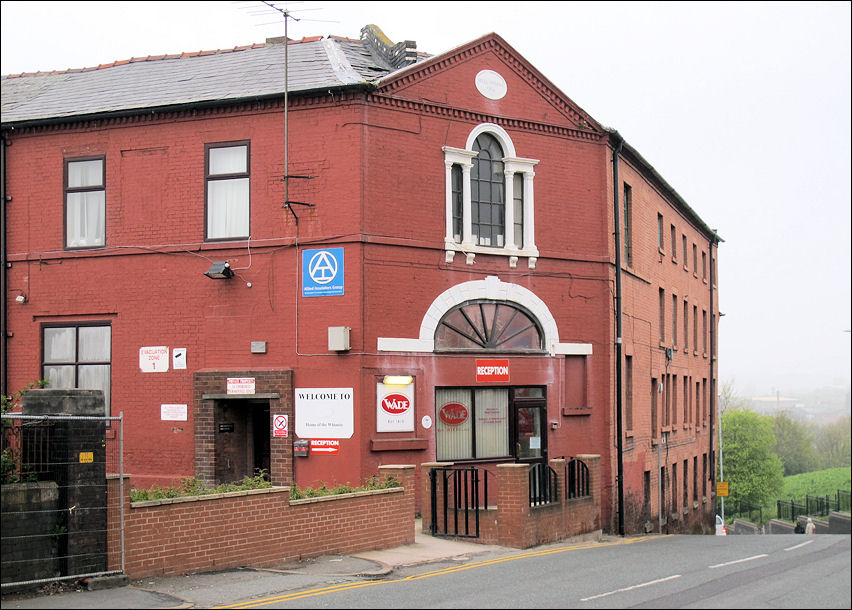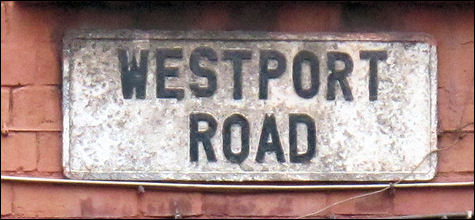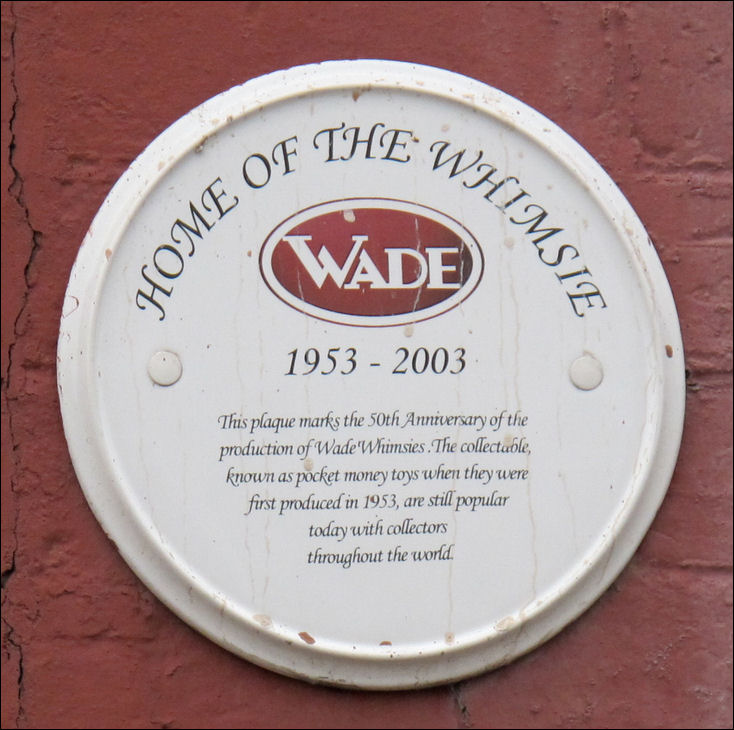![]()
|
|
|
|
|
Stoke-on-Trent - Potworks of the week |
Advert of the Week
Photo of the Week
Hill Works, Liverpool Road (now Westport Road), Burslem
|
The Hill Works, re-built in 1814 by John and Richard Riley, replicating the corner plan and arched coach entrance of Enoch Wood’s Fountain Place Works, and displaying the customary Venetian façade. Considering to be "one of the best pottery offices and warehouses" remaining in the city. Wade Heath and Co. and then Wades Ltd. occupied the building from 1954 to 2010 when they moved to new works at the Festival Site, Etruria. On the opposite corner was the Hill Pottery which was rebuilt in 1839 by Samuel Alcock - link - |

Hill Works, Westport Road,
Burslem

Hill Works 1814

Westport Road
|
This area of Burslem was known as 'The Sytch' - pottery has been made at the site of the Hill Works from before the 1800's.
"The Hill Works
Jewitt's 'Ceramic Art of Great Britain 1800-1900' NOTES:
Wade Heath and Co. occupied the Hill Works from 1954 to 2009/10 when they moved to a new factory in Etruria. The Hill Works is a listed building.
|
some of the
occupiers of the Hill Works
- click marks for more details -

three listed buildings
|
|

Wade 1953 -
2003 Home of the Whimsie
|
Related pages Listed building details for the Hill Works Dunn, Bennett & Co - occupied the Hill Works from 1886 |